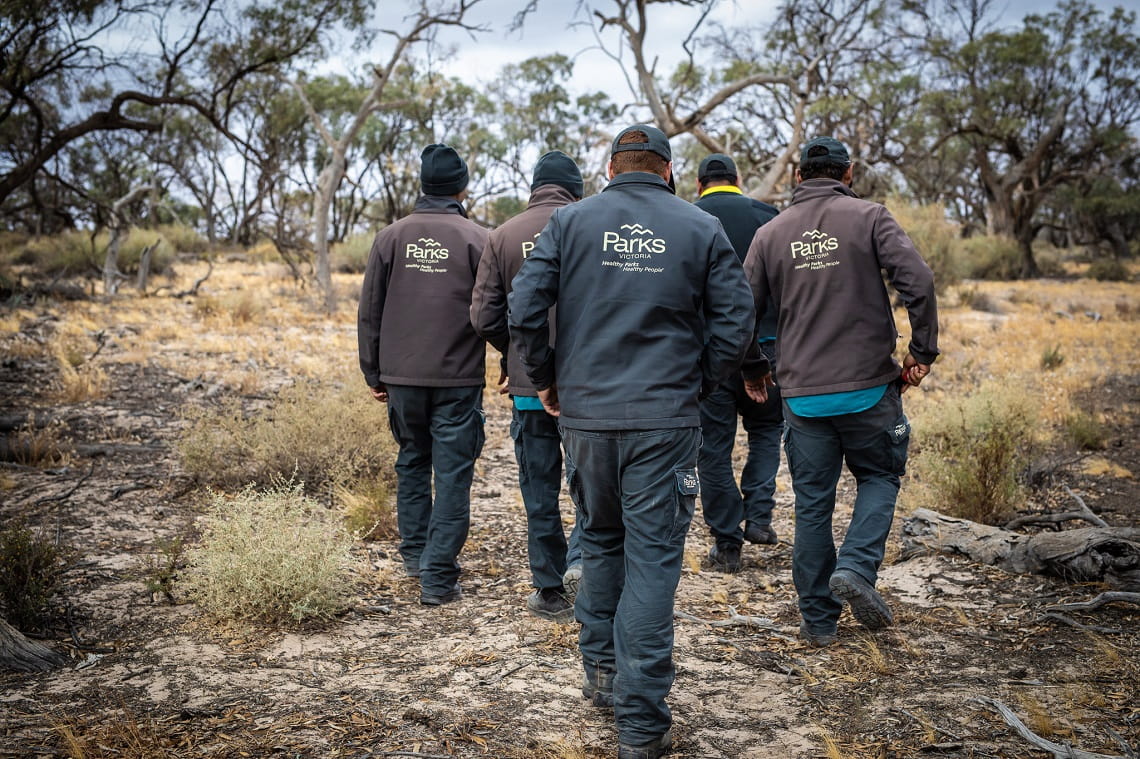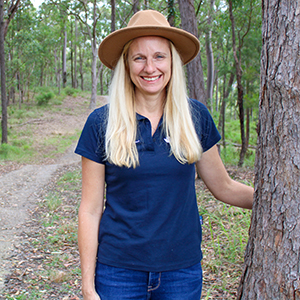
Image credit: Lloyd Fox
Key points:
|
A Metro freighter aircraft’s pilot had to use forward pressure on the control column to maintain level flight after ground handlers estimated the weight of freight that was relocated into the aircraft’s nose by feel. This resulted in the aircraft’s centre of gravity falling outside of the rear limit, an Australian Transport Safety Bureau investigation into the occurrence details.
On 11 May 2020, the twin turboprop Fairchild Metro 23 aircraft, operated by Toll Aviation, was being loaded for a scheduled freight service from Townsville to Brisbane via Rockhampton, in Queensland.
Prior to take-off from Townsville, the pilot completed a load and trim sheet based on a load plan provided by the ground handling team.
A load and trim sheet is used to calculate the total weight on board, and to ensure the distribution of that weight does not shift the aircraft’s centre of gravity beyond lateral and longituidinal limits, which is critical to ensure stable, controllable flight.
The pilot’s calculation indicated the distribution of freight throughout the aircraft’s six main zones was too heavily weighted to the rear.
To address this, the pilot and ground handlers agreed 126 kg of freight would be moved out of the aircraft’s third zone compartment, and into the nose storage compartment.
“During this last-minute change, the ground handlers did not accurately weigh the freight being relocated, as there were no scales at the aircraft,” ATSB Director Transport Safety Dr Michael Walker explained.
“Instead, they estimated the mass of the freight by feel, and only actually moved around 65 kg of cargo.”
The resulting discrepency between the pilot’s planned load and trim sheet, and the actual load distribution on the aircraft, was not initially enough to put the aircraft’s centre of gravity outside the allowable limits.
However, when the aircraft landed in Rockhampton, more freight was loaded into the rear half of the aircraft, and the centre of gravity shifted further aft, beyond the allowable limit.
“On the second leg of the journey, the pilot reported the aircraft had a strong pitch-up tendency, and that strong forward pressure on the flight controls was required to maintain the correct pitch attitude,” Dr Walker said.
“During the cruise, the autopilot would not consistently maintain level flight. The pilot disconnected the autopilot and, with full nose-down trim applied, the pilot had to maintain forward pressure to control the pitch attitude of the aircraft.”
After landing safely in Brisbane, the pilot discussed the incident with ground maintenance engineers, and the freight from each compartment was reweighed as it was unloaded.
“The pilot subsequently completed a new load and trim sheet using the actual weights and the centre of gravity was found to be aft of the rear limit,” Dr Walker said.
Additionally, when accounting for the weight added in Rockhampton, the new data showed the aircraft was actually about 6 kg above its maximum take-off weight when it initially took off from Townsville, on the first leg of its journey.
Due to fuel burn during the first leg of the flight, the aircraft had come under its weight limit by the time it landed and took off in Rockhampton.
“This incident demonstrates the critical nature of load control,” Dr Walker said.
“It also emphasises the importance of providing ground handlers with sufficient and detailed procedures to allow them to accurately conduct load control duties and minimise the potential for error.”
The ATSB’s investigation found the operator’s ground handling manual did not contain detailed procedural guidance for facilitating accurate redistribution of freight and ensuring that an aircraft would be correctly loaded.
Following the incident, Toll amended its ground handling processes, and included increased direction to ensure that freight would be accurately redistributed in the event of a last-minute change.
Notably, the operator has since divested its flying operations to another operator, and relinquished its Air Operator’s Certificate.
The ATSB, in consultation with Toll, contacted the new aircraft operator to discuss the potential risk of a lack in procedural guidance for ground handling.
“Although the safety issue was not directly related to them, the new operator has reviewed their ground handling manual and incorporated amendments to address the safety issue,” Dr Walker concluded.
You can find here the report: AO-2020-027 – Aircraft loading and in-flight controllability issue involving Fairchild SA227, VH-HPE Rockhampton Airport, Queensland, on 11 May 2020
Last update 09 December 2021








